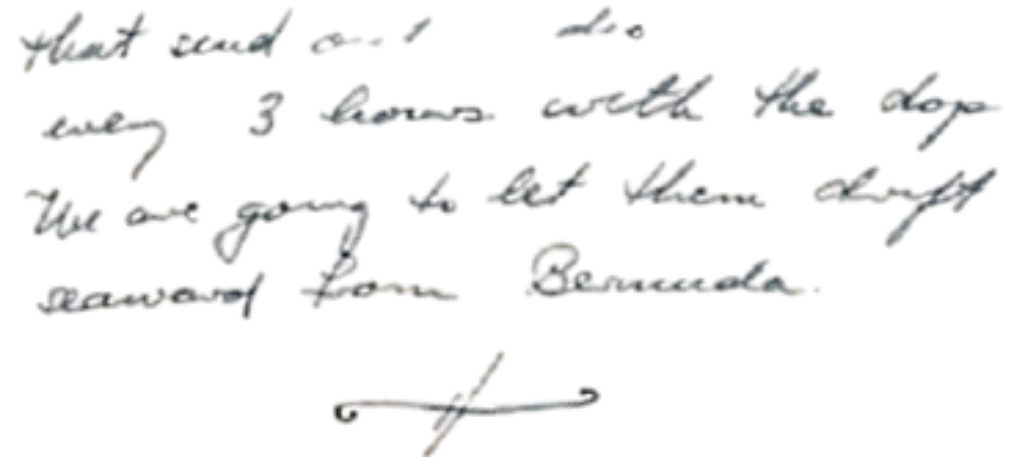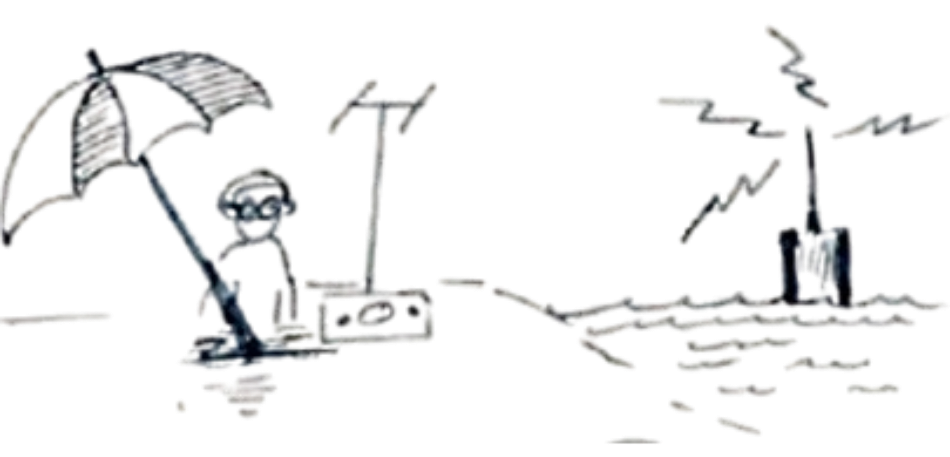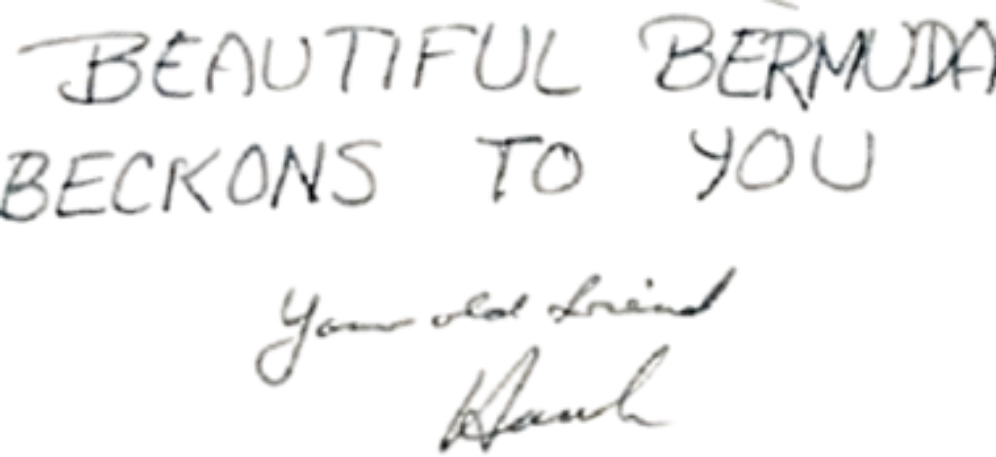- At the top of the ocean, the stress is given by the wind
- At the bottom, in the absence of topography we assume that the stress may be parameterized by a linear drag, or Rayleigh friction, as might be generated by an Ekman layer
It is this assumption that particularly characterizes this model as being due to Stommel



Note that we parameterize the friction by a drag acting on the vertically integrated velocity. Using the velocity at the bottom of the ocean would be more realistic, but this wrinkle is beyond the scope of vertically integrated models.
Equation \(\beta \overline{v} = \text{curl}_z(\boldsymbol{\tau}_T - \boldsymbol{\tau}_B)\) then becomes \[ \beta \overline{v} = - \underbrace{r}_{\text{Rayleigh drag}} \underbrace{\overline{\zeta}}_{\text{ depth-integrated vorticity}} + \underbrace{F_T(x, y)}_{\text{wind-stress curl}} \]
1Wunsch, C. 2021. The rise of dynamical oceanography—A fragmentary historical note: The Stommel-Munk correspondence, 1947–1953. Oceanography 34(1):249–253,
https://doi.org/10.5670/oceanog.2021.101